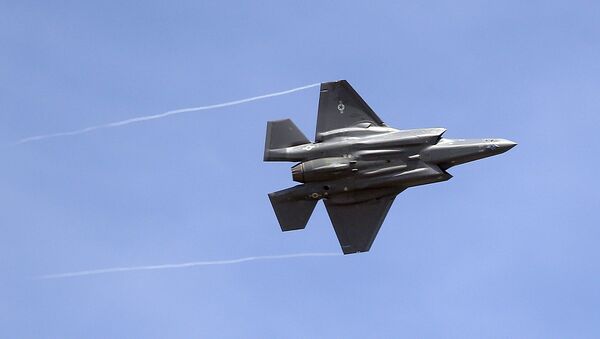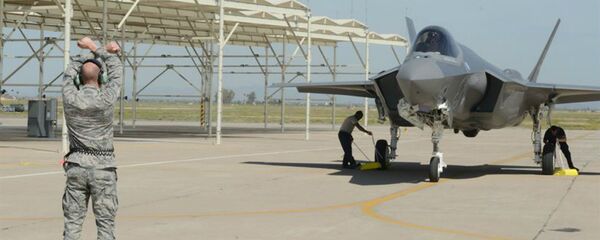While the F-35 Joint Program Office’s first Blueprint for Affordability (BFA) focused on cost-cutting measures among the prime contractors for the F-35, primarily Lockheed Martin, BAE Systems and Northrop Grumman, the second BFA will focus on finding ways to save among smaller players involved in producing the infamously expensive fifth-generation warplane.
"BFA 2 is aimed at driving production savings deeper in the supply chain," F-35 JPO spokesman Matthew DellaVedova told Defense News Wednesday.
Lockheed has at least 20 smaller subcontractors involved in producing the planes, according to a 2016 company news release.
The logic behind the BFA program is to pay companies to create measures that lower the cost of the final product. The Pentagon has reported that a previous BFA saved $4 billion over the life of the joint strike fighter program.
Saving $4 billion may sound like a lot, but total costs for the F-35 from research and development, testing, construction, weapons development and procurement will total at least $1.5 trillion. The first BFA resulted in about one-fifth of one percent savings relative to the program’s lifecycle cost, Sputnik News calculates.
In July, the Pentagon published a Select Acquisition Report stating that procurement costs had jumped 6.81 percent, or roughly $27.4 billion. “Subprogram costs increased” 23.6 billion “due primarily to schedule variance for the US procurement quantity profile for both the Air Force and the Navy … schedule stretch-out of the Air Force procurement buy profile from FY 2038 to FY 2044 due to a reduction in the peak production rate for aircraft from 80 aircraft per year to 60 aircraft per year."
Further, engine costs jumped from $60.6 billion to $64.3 billion, according to the report.
In March, US Director of Defense Pricing Shay D. Assad said the supply chain would need to go through a process of what he called "de-layering," adding that his office was looking at “what things we should be breaking up, what makes sense, both at the prime level and at the subcontractor level."
Lt. Gen. Chris Bogdan explained at the time, "the example that I would give you is: If Lockheed is buying material four layers down the supply chain, and the two or three guys between that supplier and Lockheed are very low value added in the production process — maybe they're just issuing a purchase offer — why in heaven's name would the government want to pay overhead and a fee for that? We wouldn't, and we're going to explore some of that."






